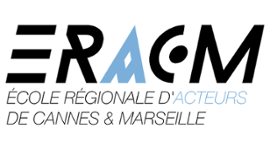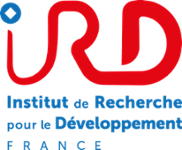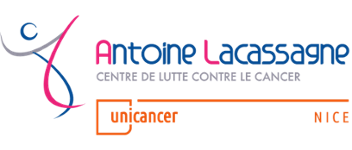Academy of Excellence "Space, Environment, Risk and Resilience"
NEUROPOL
Determine the mechanisms by which endocrine disruptors alter neurodevelopment using human brain organoids, or "mini-brains"
Academy Highlight
This project is part of the "Assessment and detection of anthropogenic risks to human health, the environment and global change" strategic priority.
The project
The NEUROPOL project, initiated in 2022 and led by Olfa Khalfallah, is in the same dynamic as the project led by Nicolas Glaichenhaus, CYTOPOL, already supported by Academy 3 in 2020. The idea in these two projects is to determine the impact of our environment on human health. In particular, the objective is to elucidate the links between the appearance of certain behavioral disorders in young children and their exposure to endocrine disruptors in utero. This is done in two steps: first by epidemiological studies based on population groups called cohorts via questionnaires and biological analyses and then by the analysis of the impact and toxicity of these disruptors on cellular models of infant neurodevelopment in utero. Epidemiological studies have shown a link between exposure during pregnancy to these pollutants, or endocrine disruptors present everywhere in our daily lives (food, food packaging, cosmetics, detergents, pesticides, etc.) and behavioral disorders in young children, such as autistic disorders. Thus, this project aims at analyzing the danger and toxicity of disruptive molecules by using the model of "cerebral organoids or mini brains", which has become a valuable and relevant tool to study the development of the human brain and neurodevelopmental disorders associated with behavioral disorders.
By culturing and differentiating human pluripotent stem cells (iPSCs) in three dimensions, the team has succeeded in generating "cerebral organoids or mini-brains" that reproduce the organization and complex multicellular interactions of the brain cortex, the seat of the so-called "higher cerebral functions" in humans (reasoning, decision-making, emotions, memory, attention), functions that are impaired in behavioral disorders.
This model now makes it possible to study the effect of different pollutants, alone or in a cocktail, at different doses, on the formation of the baby's brain during pregnancy and consequently on the appearance of behavioral disorders.
By elucidating the concrete effects of endocrine disruptors on human brain organoids, the aim of the project is to have reliable scientific data concerning the effect of these molecules on the mental health of children, and thus to allow a better regulation of the use of these pollutants as of the industrial design of the daily products concerned. More than the industrialists, this project is addressed to the civil society to whom it is up to seize the scientific evidence of the danger and the toxicity of the pollutants that the project will put forward.
| Picture of undifferentiated IPSC cells x 4, Guillaume Cinquanta, IPMC |
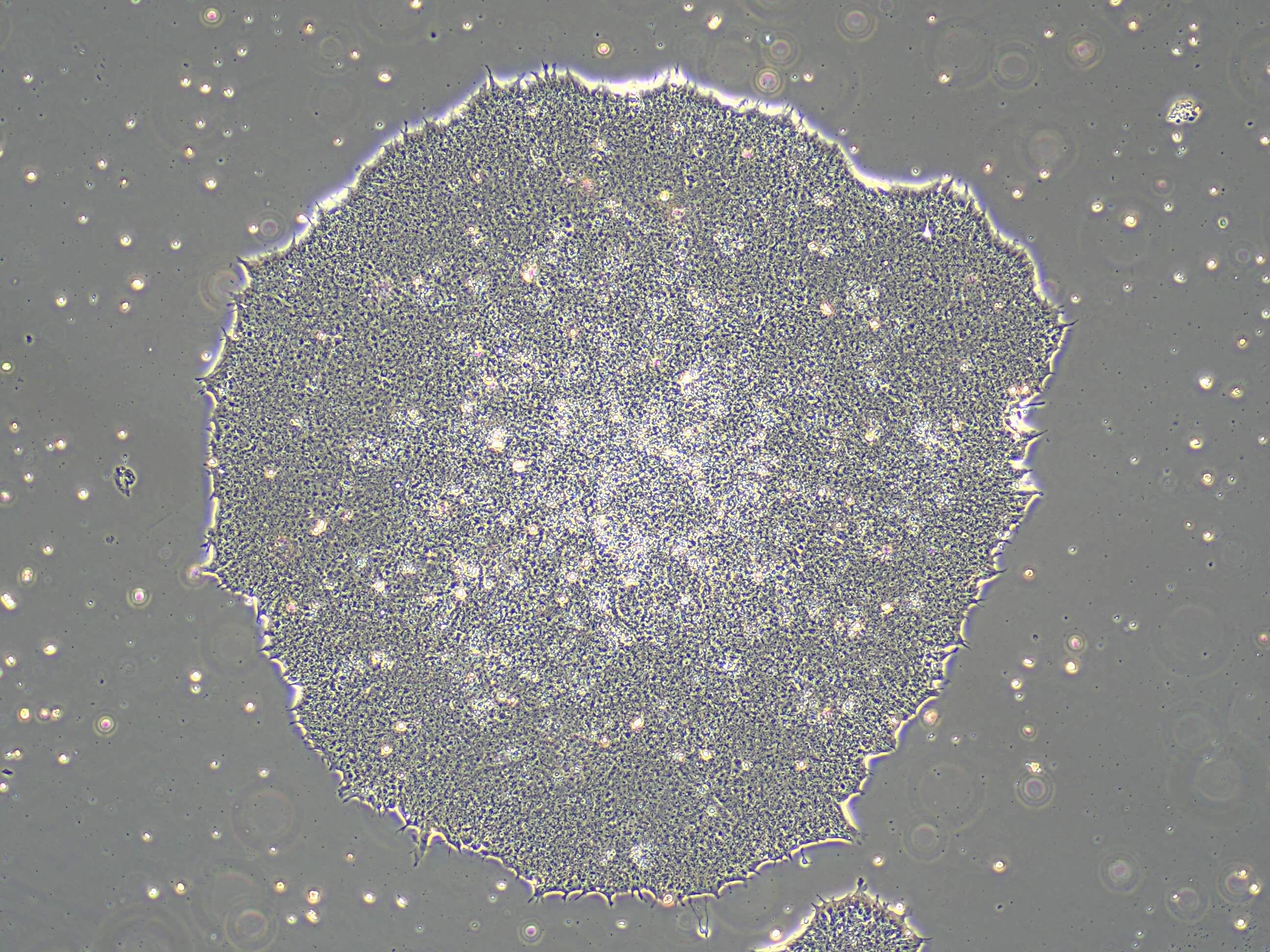
| Picture of dorsal organoid in J25, 600 um, Guillaume Cinquanta, IPMC |
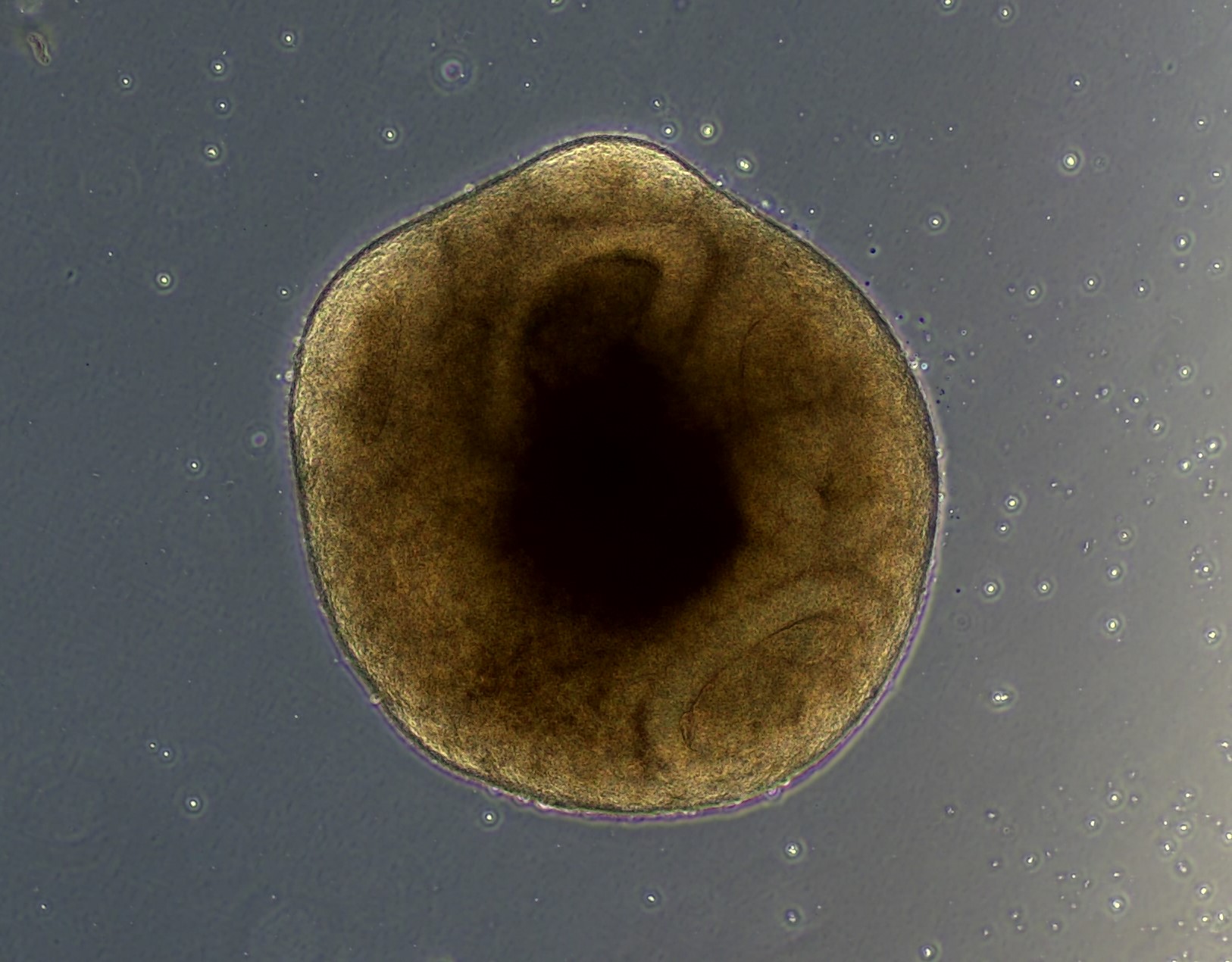
The + :
- A reliable and replicable model: human brain organoids or mini brains
- Unprecedented study of the "cocktail effects" of pollutants and endocrine disruptors
What's next ?
- Funding request to ANSES, Agence nationale de sécurité sanitaire de l'alimentation, de l'environnement et du travail, (phase 1 successful, phase 2 in progress)
- PhD project in Molecular and Cellular Interactions in progress: Guillaume Cinquanta: Role of interleukin 6 in human neurodevelopment: implication in autism spectrum disorders.
Project informations:
|
Scientific field:
Biology, Health, Environment
|
Theme: Molecular biology, Health risks, Endocrine disruptors |
| Keywords: Endocrine Disruptors, Neurodevelopment, Organoids |
Budget allocated by Academy 3 for the purchase of materials: 12 989k |
| Project members: Olfa Khalfallah, Guillaume Cinquanta, Laetitia Davidovic |
Involved laboratories: IPMC : Equipe Système immunitaire, cerveau et nerfs périphériques |


